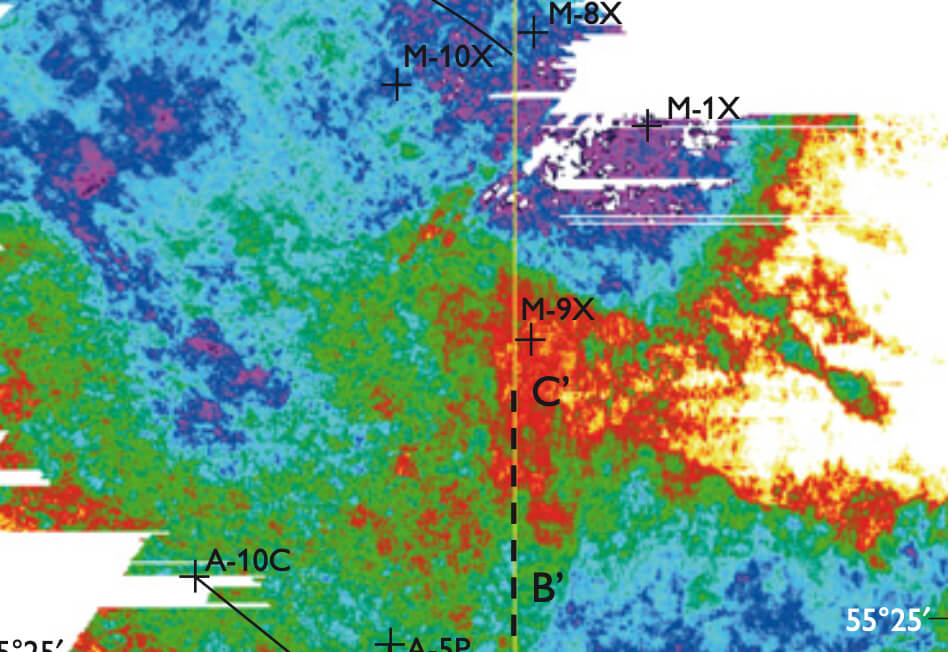
How to Cite
Share
Abstract
More than 80% of the present-day oil and gas production in the Danish part of the North Sea is extracted from fields with chalk reservoirs of late Cretaceous (Maastrichtian) and early Paleocene (Danian) ages (Fig. 1). Seismic reflection and inversion data play a fundamental role in mapping and characterisation of intra-chalk structures and reservoir properties of the Chalk Group in the North Sea. The aim of seismic inversion is to transform seismic reflection data into quantitative rock properties such as acoustic impedance (AI) that provides information on reservoir properties enabling identification of porosity anomalies that may constitute potential reservoir compartments. Petrophysical analyses of well log data have shown a relationship between AI and porosity. Hence, AI variations can be transformed into porosity variations and used to support detailed interpretations of porous chalk units of possible reservoir quality. This paper presents an example of how the chalk team at the Geological Survey of Denmark and Greenland (GEUS) integrates geological, geophysical and petrophysical information, such as core data, well log data, seismic 3-D reflection and AI data, when assessing the hydrocarbon prospectivity of chalk fields.
How to Cite
Share
Copyright (c) 2008 Tanni Abramovitz

This work is licensed under a Creative Commons Attribution 4.0 International License.
Downloads
Edited by Ole Bennike and A.K. Higgins
This Review of Survey activities presents a selection of 22 papers reflecting the wide spectrum of activities of the Geological Survey of Denmark and Greenland, from the microscopic to the plate-tectonic level.
The Survey's activities in Denmark are illustrated by 13 articles. Five of them deal with petroleum-related [...]









